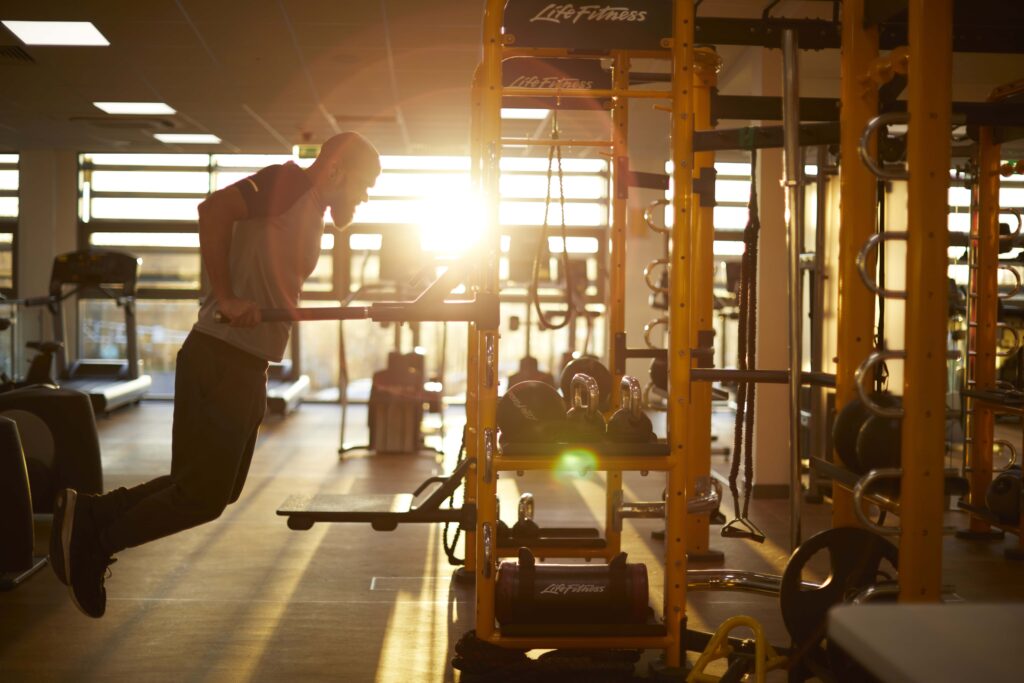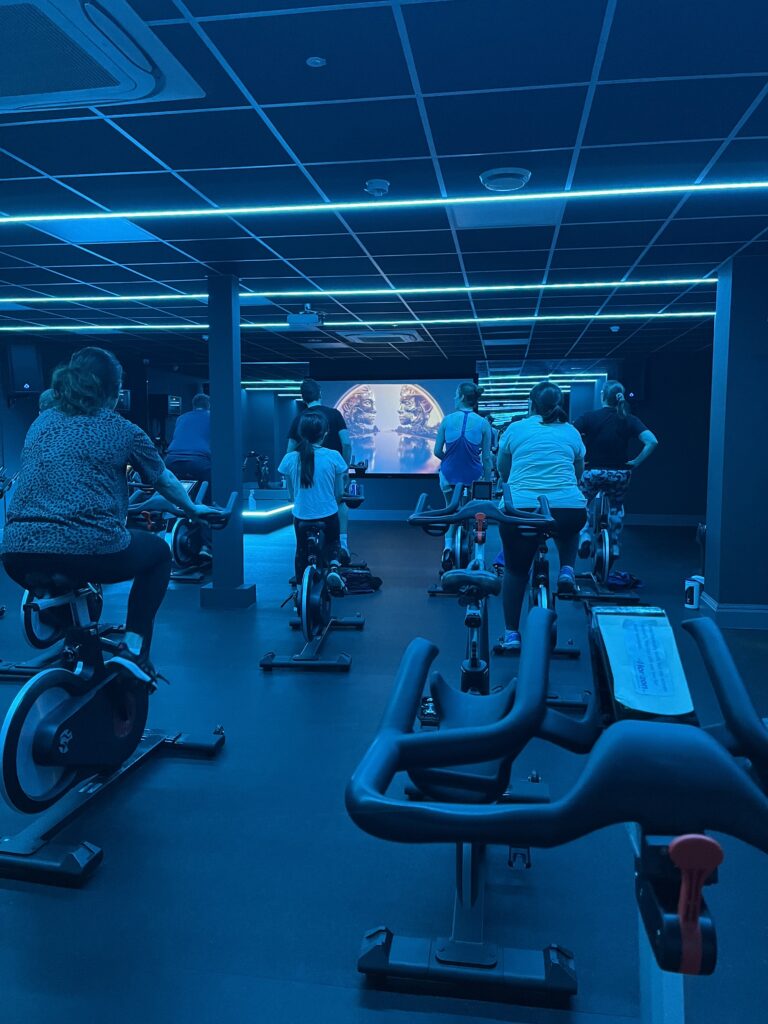The Benefits of Full Yogic Breath to keep you Calm
It’s hard not to feel rising anxiety levels during this time owing to daily sensational updates on the coronavirus pandemic, a sense of cabin fever being shut inside and for some of us not being able to find the tension release we usually experience when attending the gym.
Introducing to you a little known weapon against anxiety called the full yogic breath, otherwise known as the 3 part breath. It’s called 3 part as it involves diaphragmatic breathing (into the lowest part of your lungs), thoracic breathing (into your chest) and clavicular breathing (into the top most part of your lungs).
Learning to breathe slowly and deeply increases the oxygen supply in your body, calms and soothes the nervous system and helps to calm your mind.
Practice Tips for the Full Yogic Breath
As stated the full yogic breath involves consciously breathing into 3 different parts of your lungs. Before you do the full yogic breath it therefore helps to practice the 3 stages individually before piecing them together. In all stages the inhalation and exhalation is done through your nose with your mouth closed.
Stage 1 …Make that belly rise….
Babies are experts at deep breathing and just watching your little one sleep without a care in the world can be incredibly calming. As we get older though with stressful workloads and especially during a crisis like the coronavirus we are more prone to becoming shallow chest breathers. This is actually the most inefficient way of breathing though.. by far the most efficient way of breathing is diaphragmatic breathing into your belly.
To achieve this either lie down or take a comfortable seat. Just relax, settle down and breathe normally. Next place one hand against your abdomen and the other against your chest. Slowly and consciously deepen your breath and imagine pushing the air you breathe in down into your belly so that it blows up like a balloon before very slowly deflating when you exhale. Try and keep the length of your inhale and exhale the same. Your chest should not really move at all during this.
Belly breathing is in itself wonderful for soothing the nervous system and you can practice this as often as you like throughout the day.
Stage 2 …Expand your ribs …..
When you’ve mastered breathing into your belly you can next practice breathing into your chest (thoracic breathing). To practice this place your hands gently on both sides of your ribs and focus on breathing into your ribcage area. You should hopefully feel your ribcage expand outwards and chest rise as your lungs expand. Hold for a moment and then equally as slowly gently exhale.
Stage 3 … Fill your upper chest ….
Otherwise known as clavicular breathing this is perhaps the harder element of yogic breathing to achieve. Our bodies however naturally tap into clavicular breathing when we need maximum oxygen intake for example when exercising vigorously. It simply means sucking in oxygen to the uppermost parts of our lungs.
To practice, first breathe into your ribs (stage 2) and then when you feel your ribs fully expanded, inhale a little further so you feel expansion in the upper parts of your lungs right up to your collarbone. You may feel your shoulders hunch upwards or your collar bone ever so slightly lift.
The Full Yogic Breath
Once you’ve mastered the 3 individual stages above you can piece them together into achieving the full yogic breath.
Simply lie or sit down whatever your preference just breathing normally. It can be nice to close your eyes and perhaps have some music playing in the background.
Breathe in
Belly rises…
Place one hand on your belly and the other on the side of your ribcage. Deepen your breath and breathe in slowly through your nose drawing the air into your lower abdomen so your belly visibly rises.
Ribs Expand…
Now focus on further deepening your breath and moving air into the area of your mid-chest and ribcage so you can physically feel your ribcage expand out to the side.
Chest rises…
If you feel able, inhale a little more and focus drawing air into your upper lungs so your chest rises and your shoulders lift slightly.
Hold momentarily.
Breathe out
Chest falls…
Exhaling through your nose you simply reverse the air flow as slowly as when you breathed it all in. First exhale the air from your upper chest area so your shoulders relax and upper chest lowers.
Ribcage contracts…
Keep exhaling now moving air out of your mid trunk area so your ribcage contracts
Belly lowers…
And finally expel any remaining air so that your belly lowers….
And there you have it … the full yogic breath. Feel free to practice this throughout the day as long as you feel comfortable and indeed some studies show this can really help in lowering anxiety levels and indeed blood pressure.
CAUTION: Make sure you practice the 3 individual stages before taking the full 3 part yogic breath. Take it slow, relax, keep your mouth closed and do not rush the exhale. Your inhale and exhale should be equal in length.
If you feel dizzy simply return to normal breathing and it should disappear.
If you suffer from a respiratory illness you should seek advice from your doctor before trying this or take guidance from a qualified yoga practitioner within a class setting.
Back To News




